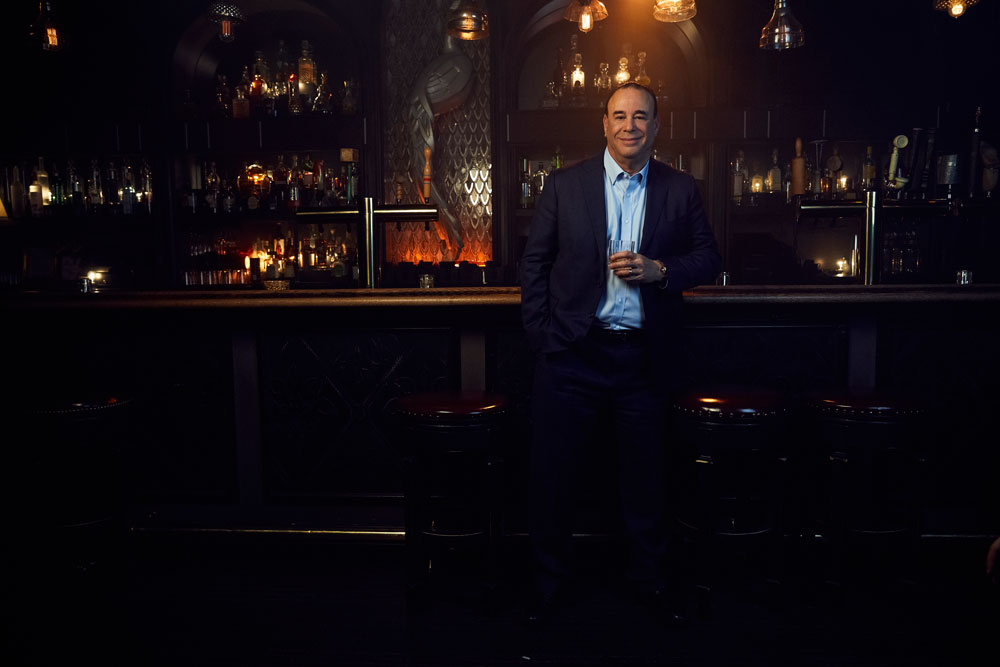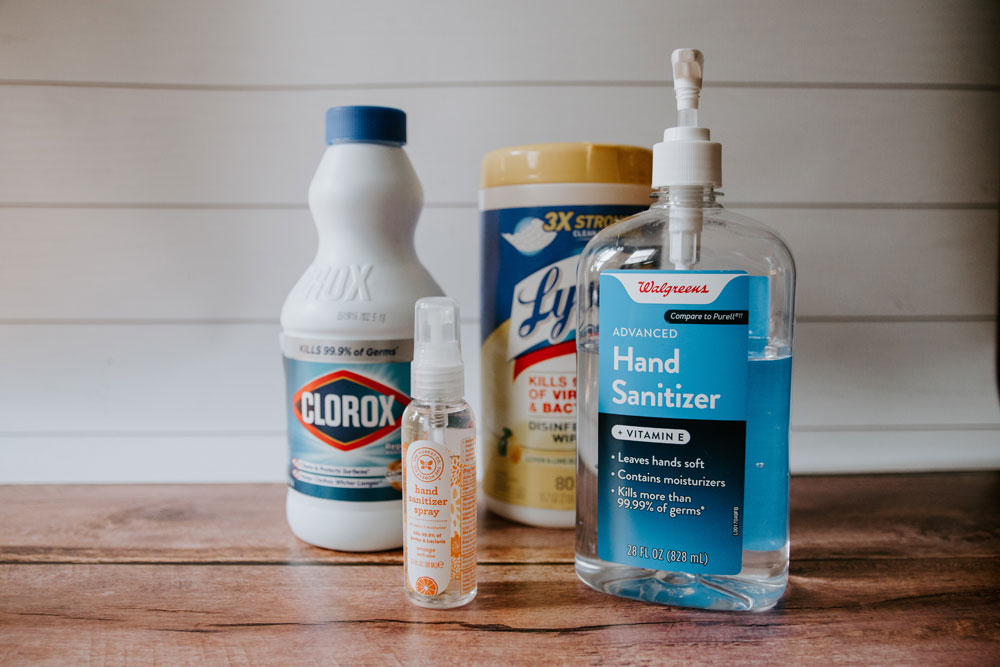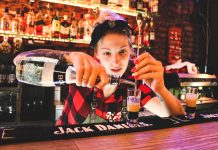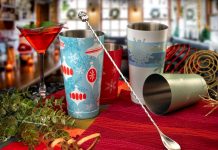We recently chatted with Jon Taffer about the effects of COVID-19 on the bar/restaurant industry. Taffer is an industry expert, the host of Bar Rescue, and an entrepreneur with new ventures that include the opening of Taffer’s Tavern restaurant and the launch of Taffer’s Mixologist, a line of mixers and hard seltzers.
As the host of Bar Rescue, Taffer has seen it all, and while the effects of this pandemic are uncharted territory even for him, that hasn’t stopped him from formulating a plan of attack for the future.
“I’ve been really focused on how do we reopen after the pandemic,” he says. “Rather than sitting home panicking about the pandemic, I think we need to be thinking about our businesses, how we move forward, and putting together a plan.”

Taffer says bar owners should consider the following:
- How do we set up our business models?
- What can we do in our processes and our productions?
- How can we start to sterilize and realign processes in our kitchens?
It won’t be business as usual after COVID-19, and the industry must prepare for a reset. “The whole premise of flu season will be perceived differently by society now. And every fall, we’re going to get a reminder of this whole spacing element,” says Taffer. “I don’t think 400 people are going to pack into a 2000-square-foot space for quite a while. And so when we take a look at the sociological premise, it affects everything. It affects fast food restaurants—people are not going to line up like they used to. If we take a look at bars, people are not going to sit shoulder to shoulder with strangers so quickly. We’re going to have to spread bar stools a little bit. We’re going to have to spread seating in restaurants and casual dining facilities significantly.”
What this all boils down to is a drastically impacted floor plan and a tank in revenue per square foot. “I’ve been looking at floor plans and layouts, and no matter how I slice it, as an industry we lose between 40-60% of our interior capacity,” says Taffer. “At the end of the day, our business is most rated and success is most determined by revenue per square foot. That’s how we live and survive. Our revenue per square foot is going to be reduced significantly going forward and that horrifies me.”
Since fine dining and chef-driven restaurants typically have more space between tables already, the new spacing requirements will hit casual eateries the hardest. “It seems like the greatest impact with regard to capacity is going to hit in the casual sector and the bar sector because that’s where the densest seating and the densest customer mixes tend to be,” says Taffer.

Taffer also cautions that bars and restaurants serving an older demographic, which are most likely to be looking for more spacing or abstaining from eating out entirely, will be hit harder. “When you look at bars that have daytime audiences, and working people, and demographics that are over 45 years old, they’re going to be the most cautious of all. So they’re the ones that drive many of these businesses during certain key dayparts. I’m concerned they’re going to disappear,” says Taffer. “If a place does 100 lunches in an hour, they cannot do 100 deliveries—it just doesn’t work that way. So delivery is great and curb pickup is great and these things all make sense and maybe over time they’ll become a way of life, but I just don’t see them sustaining 80% of the operations out there.”
Space reductions could also have an effect on operations. “You can’t have as many menu items, that’s for sure. So the days of these vast menus are over. Food is going to have to get more specialized,” says Taffer. “If you had 40 brands of vodka, now you’re probably going to have eight. If you had 30 items on a menu, now you’re going to have five or six. Everything is going to have to be much, much better controlled.”
COVID-19 will not only affect consumers’ spatial awareness, it will also make them more aware of the cleanliness and sterilization surrounding food and drink preparation. What was the standard before the outbreak will no longer apply, and bar owners should be prepared for this shift.
“We’re going to have to start to develop a more sterile industry. Kitchens are going to look a lot more like operating rooms,” says Taffer. “I can’t believe that people will be standing in kitchens in street clothes after this. I can’t believe that people aren’t going to be wearing a mask when they’re looking down at a plate that they’re building. I can’t believe that people won’t wear some type of a standard hat—not a hat from home.”

Bar owners are going to have to rethink even the smallest gestures. Taffers uses the example of a bartender picking up a sterilized glass from a drain board and handing it to someone. “There is some guest somewhere now who is not going to accept that, whereas everybody did before,” he says. “All these things are massive changes in our potential and the way in which we deliver our products.”
According to Taffer, the hardest reality to face about the future of foodservice is that the solution will be technology, not people. “It’s not about chefs or cooks. It’s about technology,” he says. “Technology is sterile, human beings are not, and these are all things that are massively going to change our industry.”
Since many of the changes made will be unseen—in kitchens and processes typically out of sight of customers—it’s important that establishments communicate what they’re doing to protect and keep customers safe. Taffer cites the recent example of a restaurant’s social media post depicting its chef cooking a dish that would be available for curbside pick-up that afternoon. Taffer says the chef was in street clothes, wearing simple plastic gloves and no face mask. “That’s exactly the message that we don’t want to send as an industry,” he says. “Our customers need to know that our people are going to wear gloves, hats, and PPE clothing. They want to know that we sanitized our kitchens. They want to know that their safety is paramount to us.
“We have to start to speak from strength: We have the solutions for customers. We will be safe. We figured this out. Our kitchens are changing. Our processes are changing. You can trust curb pickup at my restaurant.”
The bottom line is not that bars were doing anything wrong before—it’s that owners need to engender confidence in their establishments and processes to meet elevated consumer demands and perceptions in the wake of COVID-19.
“I think we lose 30-40% of our operations that don’t reopen. I think this is going to affect change,” says Taffer. “And the brands that step out and prove that they’re safe, that the consumer can have confidence in them, that they’re reactive to this situation around us, are the ones that are going to survive.”








